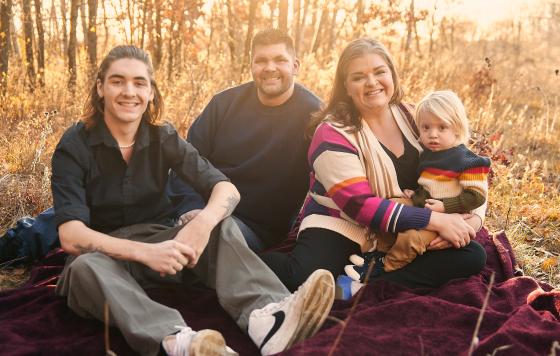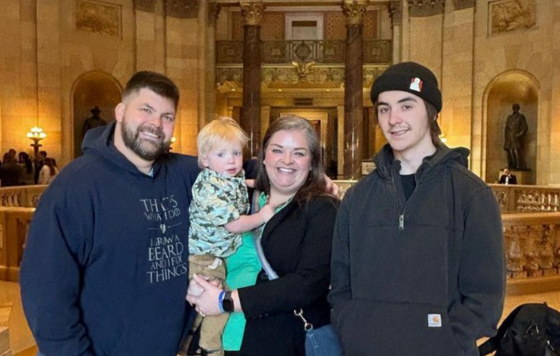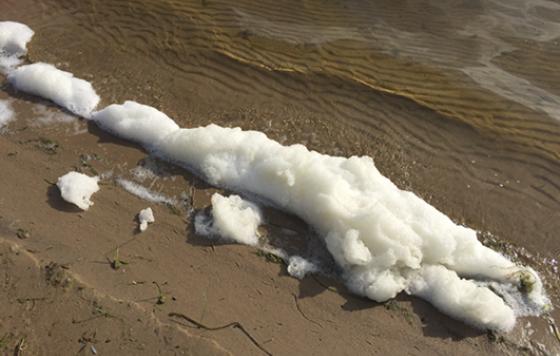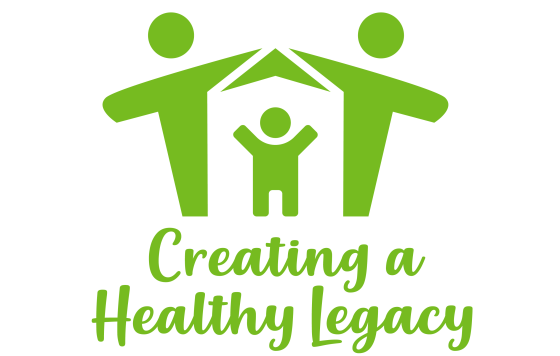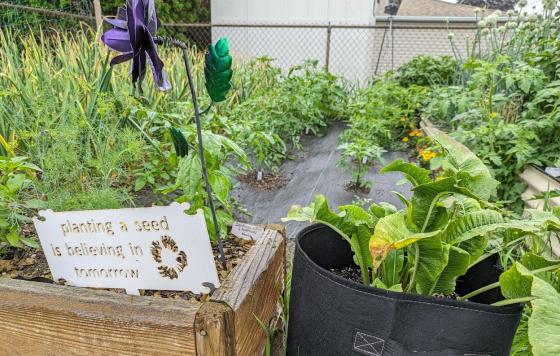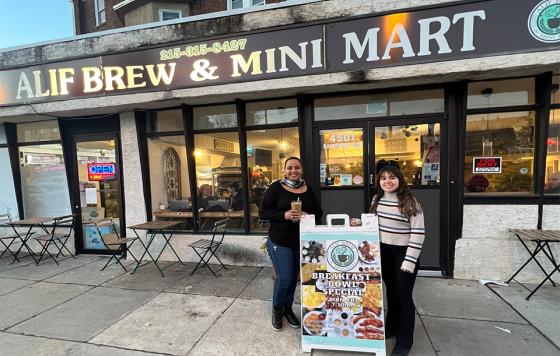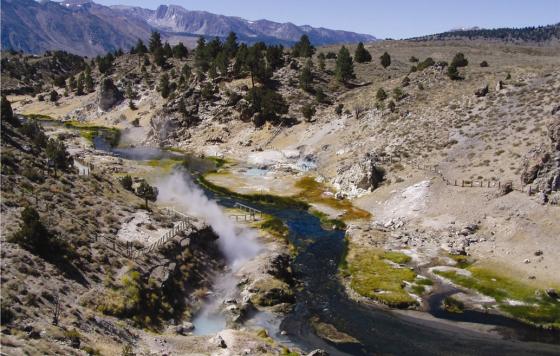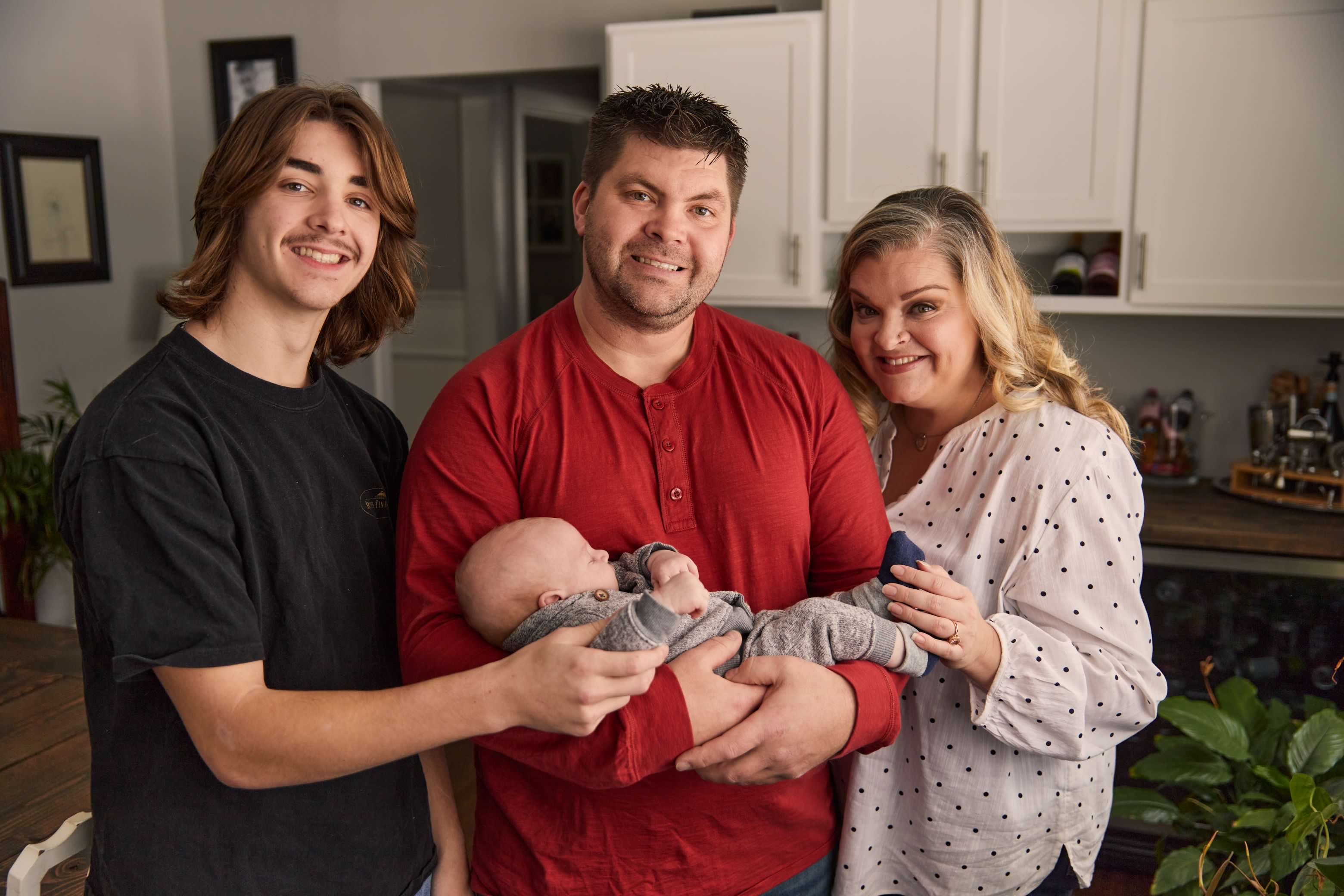
No one warns you when you become a parent how much you worry. They TELL you that you will worry, but they don’t actually explain to you that fears for your children will fill every fiber of your body and keep you awake at night. They don’t help you grasp and prepare for the way every terrifying “what if” idea fills your brain at all hours of the day and night. They won’t help you process that every time you see the news you’ll ache for other parents who have lost their children, while guiltily being grateful that your baby is home and safe with you. And they certainly don’t help you prepare for the way that fear and worry mix with guilt and second guessing that you are doing everything wrong..
What does this have to do with water and my job? Absolutely everything.
I first became a mom when I was barely 20 years old. My fears and guilt as a mother for my first child, Dylan, were focused on how much I was away from him. I was in school full time and working multiple jobs and I was focused on paying rent, buying food, and simply being enough for him. Flash forward 17 years and Huntley was born and those worries of being enough still haven’t faded.
A lot has changed since my first baby. I was in community college with Dylan and Huntley was born to a mom with a master’s degree. I slept on a living room floor with Dylan and Huntley was born to a homeowner in the suburbs. But more than that, how I pay attention to the world around me has changed. It is easy to feel overwhelmed with information on what babies are exposed to in a mother’s body during pregnancy as well as through breast milk when they eat. It’s easy to feel like no matter the choices you make, you can’t protect your children from threats like chemicals in the water they drink. With my first baby, I breastfed because it was all I could afford. When we did have to use formula, we often had to scrounge for every penny we could find (literally, I once had to dig through the car and find coins on the floor to afford formula). Breastfeeding was the best option for our budget.
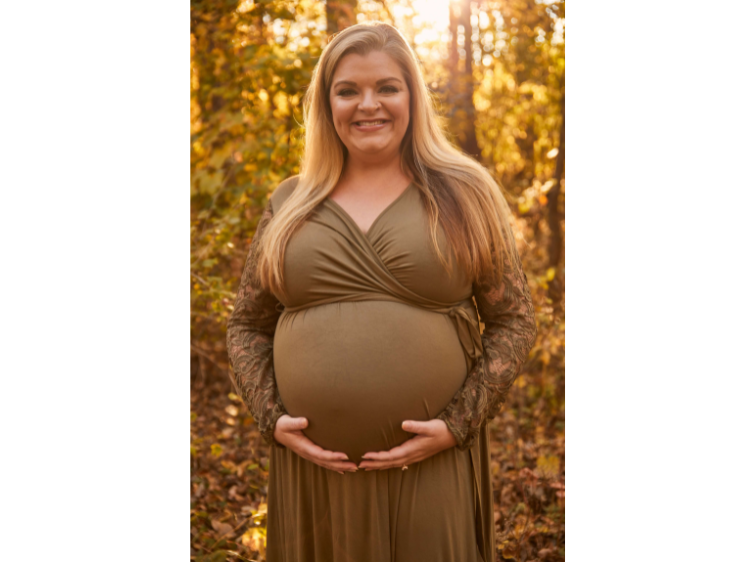
With my second baby, I had trouble breastfeeding and pumping. I worked so hard to pump. No one really prepares you for the physical and emotional toll of being the only source of food for a human being. The constant hunger you feel, the nonstop pain, the chapping and bleeding, the clogged ducts, and the fatigue experienced is something that pushed me to my limits. Holding a human on a body trying to heal from a c-section is a physical challenge that forces someone to dig deep for the willpower to continue. I can only describe the feeling of constant pumping as razor blades - a sensation that curled my toes and gripped all of me.
So why did I work so hard to breastfeed and pump with my second baby when we could afford formula? A few reasons. We did supplement with formula because I couldn’t keep him full. But the country was also coming down off the worst of the COVID pandemic and the formula shortage had started. I wanted to give my baby COVID antibodies from my vaccination and I wanted families who couldn’t pump or breastfeed at all to have first access to formula. My decision was personal, like it is for all parents. I feel that all parents have the right to make the decision regarding breastfeeding on their own, it isn’t anyone else’s decision to make. But I did take it to heart when my mother walked in on me pumping while I had tears streaming down my face silently because of the pain. She looked at me and said, “enough is enough. This is too much for you.”
She was right. I had hung on for a long time and did my best. I had some reserves in the freezer in case Huntley got sick and it was time to be done.
Now, I have a healthy 2 year old. But I still worry. I am constantly hit with new information about the way birth parents pass on toxic chemicals and microplastics to their babies. One study shows that microplastics — plastic particles that are smaller than five millimeters or close to the size of a short rice grain – can be found in human testis and semen. The National Institutes of Health has also identified microplastics as a “threat to male fertility” since exposure decreases sperm count. And now, microplastics are being found in breast milk.
We also know that toxics, such as PFAS, pesticides, and flame retardants are shared with babies via breast feeding - and in some cases these chemicals have been found in cord blood. PFAS, for example, was found in 99% of the cord blood tested. Jillian Pretzel of the Washington Post reported that “Environmental pollutants were first found in breast milk in a 1951 survey of 32 women. Thirty of the women had small amounts of the pesticide DDT in their breast milk. By 2008, DDT and its metabolites were reported “in essentially all human milk tested worldwide,” according to a research article published that year. (DDT was banned in the United States in 1972 but is still used in some countries.)”
In a recent news release, Toxic-Free Future cites that “the first study in 10 years to measure PBDEs in U.S. women’s breast milk, the researchers analyzed breast milk samples from 50 U.S. mothers for various types of brominated flame retardants (BFRs). Compounds analyzed included 37 PBDEs, 18 bromophenols, and 11 other BFRs. A total of 25 BFRs were detected, including 9 PBDEs, 8 bromophenols, and 8 other BFRs.” They also note that “banned flame retardant chemicals are still present in humans, but that levels have declined since they were last measured in the United States 10 years ago”. It is clear that when people come into contact with these harmful chemicals and the chemicals enter the body, they are passed onto a baby via breast milk and cord blood. This study also shows that banning toxic chemicals works to reduce exposure rates.
I still really struggle to put into words the devastation that fills me when I read about how easily nursing parents pass things to their babies. Of course we have known this for years with alcohol, tobaccos, and drugs, why would toxic chemicals be any different? Perhaps it’s because we can’t see toxic chemicals the same way we see a bottle of beer or a cigarette. Toxic water isn’t usually something visible that we see and it certainly doesn’t come with a warning label (most of the time). Now, I have a new fear that has been unlocked. What if my kids get sick and what if it’s because I breastfed them or took in too many chemicals while pregnant? What if I could have done more?
Breast milk isn’t the extent of the health concerns, either. Chemicals in plastic are being linked to premature births as well. The hormone disrupting chemicals, or phthalates, in plastics are constantly bombarding us through exposure in products like beauty products, toys, and other soft plastic products. Hormone disruptors are the culprit behind a number of negative health impacts such as fertility problems, cancers, obesity, and heart disease. PFAS, a chemical we’ve worked hard to ban in Minnesota, is linked to low birth weight in babies, low IQ in children, and preeclampsia in pregnancy. The list of chemicals and the dangers they pose to fetuses, small children, and pregnancy goes on and on.
So what does this all mean for the work we’re doing at Clean Water Action?
For me, it means that we have to double down. Before they even take their first breath, our children are being exposed to toxic chemicals that can make them sick, impact brain development, and even kill them. There is nothing worse than that helpless feeling when your child is sick or injured. That pull in your stomach you feel when you wish you could take on all their hurt and that burning need to bear their burden for them is something we will never escape. But we don’t have to stay helpless.
We can proactively educate our neighbors about how to avoid these chemicals. We can advocate for policies that protect our water and our communities from toxics. We can change our shopping habits and make more sustainable choices. We can hold the chemical industry, polluters, and elected officials accountable for their actions. And we can lift up and support our partners in this process.
It also means that we have to be brave. The chemical industry is well funded and they aren’t afraid to show up and bully decision makers and intimidate advocates. But while the chemical industry has money, we have dedicated staff, members, and donors who won’t walk away from this fight. We have friends, family, and personal stories about the impact exposure to toxic chemicals have caused harm. And those stories drive us to do the right thing and to fight for people we’ll never know.
It’s vital that we lift up decision makers and businesses who do the right thing for our environment. Having been a young, broke, single mother many years ago, I understand the stress between wanting to make good choices for my baby’s health but not having the time, knowledge, or income to do so. This is why I am so passionate about social justice issues. There were people who both advocated for me and also people who ignored me when I needed help most. It is that experience that has inspired me to always be the one advocating, never the one ignoring. I feel a moral responsibility to speak up and do the hard things for those who can’t.
The work we do in the policy realm has a real impact. We must stop the flow of more toxic chemicals into the waste stream, water, and our bodies, so that clean up can happen in a meaningful way. We must stop chasing our tails in this constant cycle of cleaning up pollution only to pollute some more. We’ve had a lot of success with banning toxic chemicals in a variety of pieces of legislation over the years and we’re crafting a multi year plan to continue our momentum of passing globally influential policy.
